My 12 best and worst bits of camera gear ever: Peter Fenech, Digital Photographer
Digital Photographer's staff writer Peter Fenech shares the best bits of kit he's ever bought... and his worst!
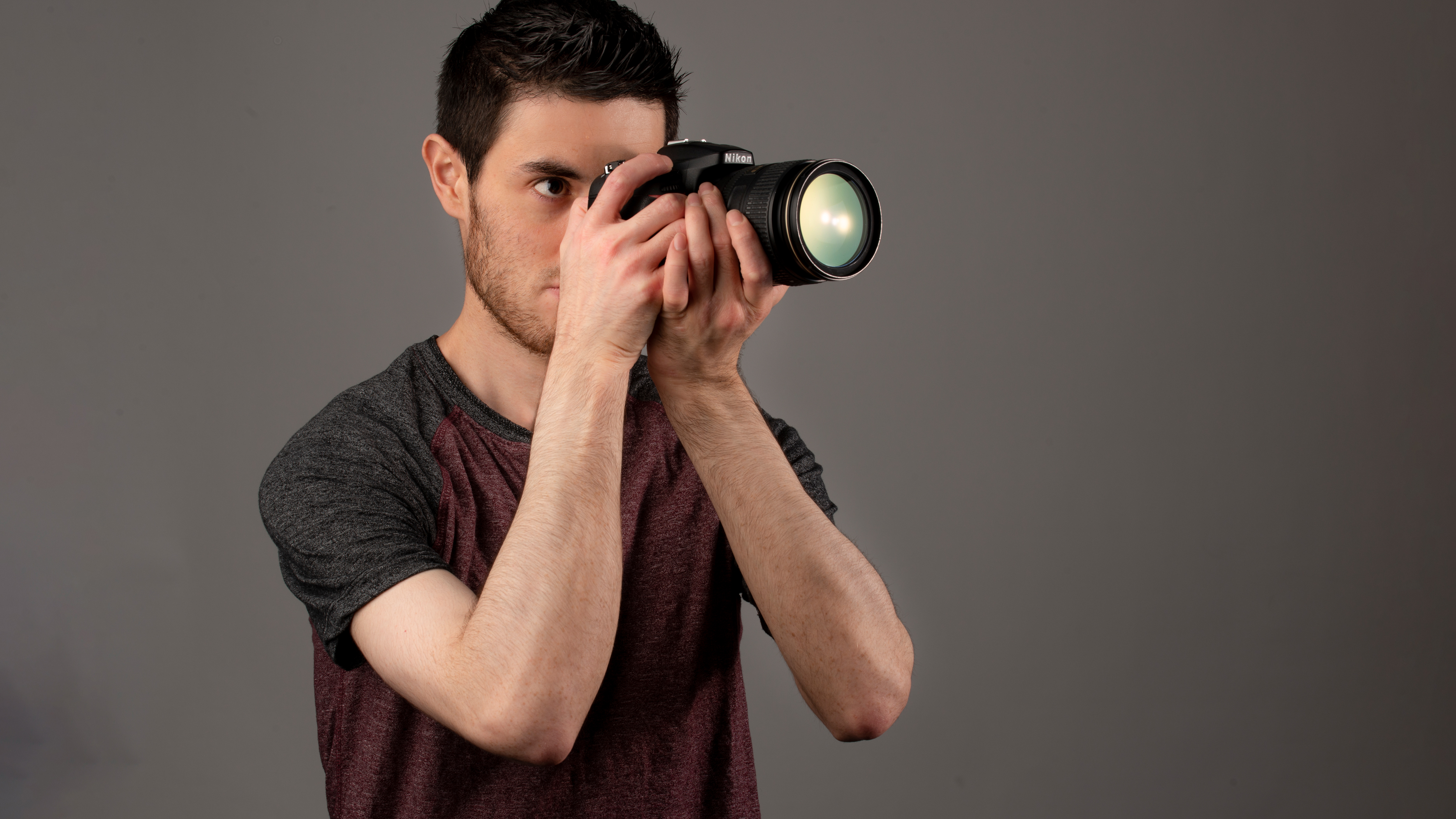
Camera choice is really quite a personal affair. Not only does it often require considerable financial outlay (meaning you have to be happy with your choice!) but over time your camera becomes your travel companion, delivering some of your favorite shots and capturing your best memories.
For these reasons photographers tend to be unashamed gear freaks, and I'm certainly no different. I love collecting kit, though only items I know I will use - I hate it when others hoard items which end up sitting on a shelf, collecting dust. Cameras and lenses are meant to be put through their paces!
Although I'm a Canon user (my core system is Canon), today I use a mixed system, which is definitely losing a defined shape, as I continue to look at items from multiple manufacturers.
It's not always easy to predict how an item will fair across years of usage. The only constant in this equation is that either way the overall effect will be a drop in your bank balance. So here is my list of my 12 best and worst pieces of kit, which have delighted and disappointed me on photographic journey.
Cameras
From my very first 'serious' model – a Kodak Z710 bridge camera – I've known what I like in a camera and what I don't. That being said, overall I'm easily pleased and there has been something about every camera I've owned which I have fallen in love with. That's why there are no cameras on my worst list.
Some cameras stand out as pivotal points in your photographic life, which has formed the basis for my list below – each model has provided me with the motivation and inspiration to try new techniques and better my creative repertoire.
That and they look impressive enough to show off with around other photographers...
Get the Digital Camera World Newsletter
The best camera deals, reviews, product advice, and unmissable photography news, direct to your inbox!
1. Canon EOS 7D
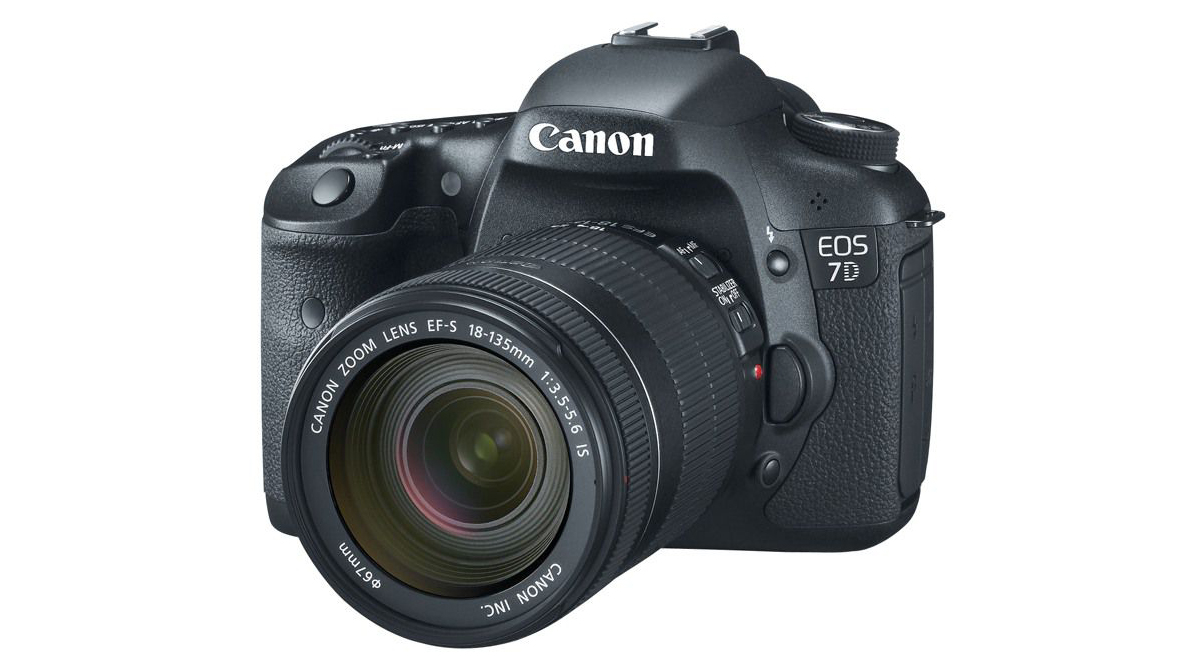
From the moment I saw the spec sheet of the EOS 7D at launch I knew I wanted this camera. For it's day the balance of pixels and price was really rather impressive. This was back in 2009 where the 20MP plus band was the reserve of the professional, featuring in the likes of the mouth-watering Canon EOS 1Ds Mark III, and Nikon D3X, so to find an APS-C DSLR with 18MP, 8fps continuous shooting and a fast 19 cross-type point AF system, in a body costing less than £2,000 in the UK, was a big deal.
The EOS 7D represented a major step for Canon in terms of design philosophy. The camera features a wonderfully moulded grip, which fits perfectly in the hand, while the contours of the body are balanced and beautiful to look at.
The 7D has pretty much every feature an enthusiast could want. It's fast, quiet, rugged and excellently integrated with the rest of the Canon System, being the first Canon DSLR to feature a built-in wireless flash transmitter – something for which I had been envious of in Nikon cameras for years. The fact that the Canon EOS 7D Mark II was not released until more than five years later and the Mark I remained on sale beyond this is a testament to how popular this camera truly was. I hope to be using mine for many years to come.
2. Samsung NX1
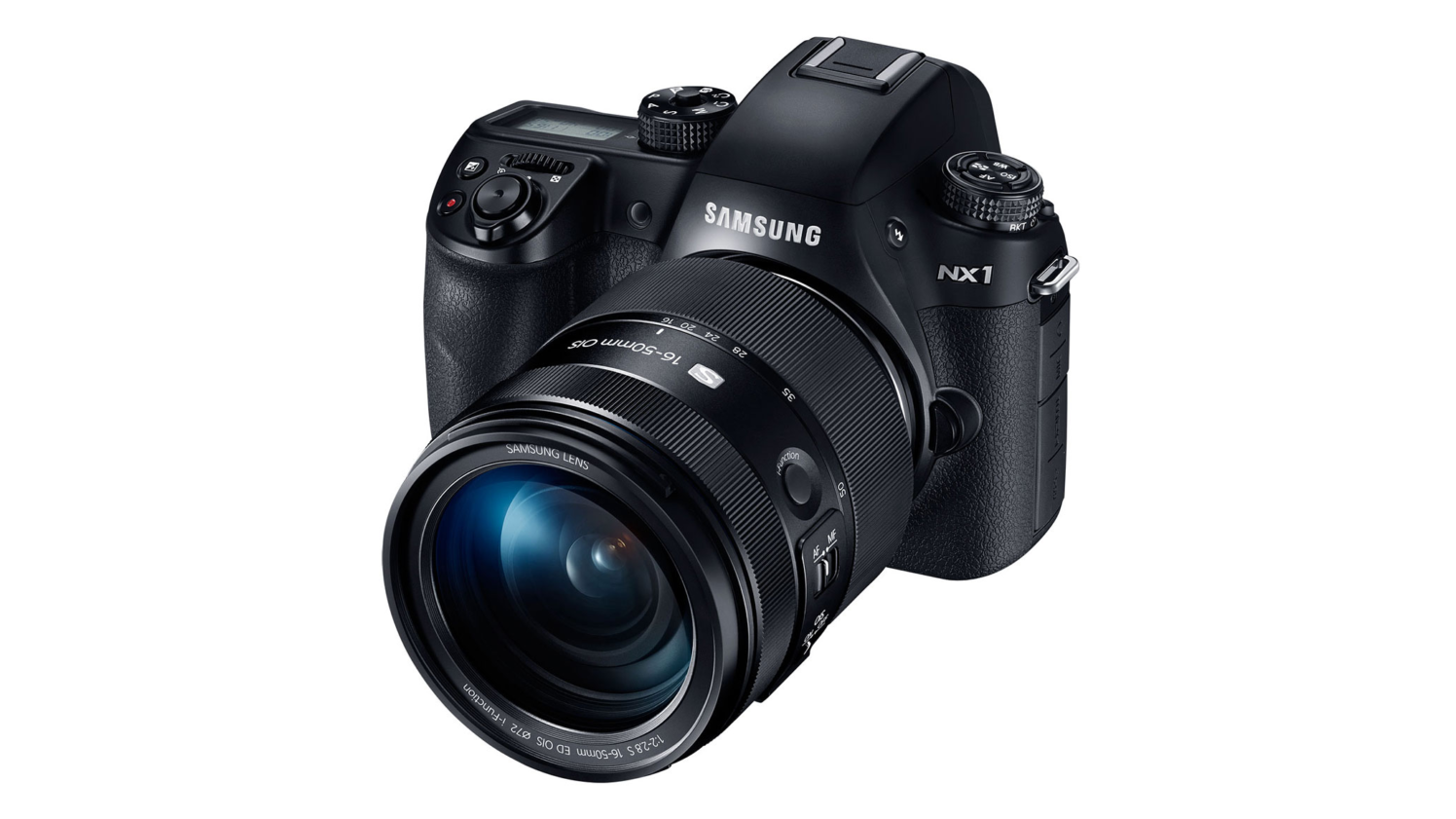
The Samsung NX system has an odd history and is tricky to define. It featured some highly impressive technology, which has garnered its own loyal fan base, yet demonstrated limited success in the competitive mirrorless camera market. This explains its untimely demise in 2017 – it was not that Samsung's cameras weren't good, merely that there was too much on offer from other major players. The last NX camera produced was the NX500 in 2015 (which I also own), although the range limped on in shops for a while longer.
The NX1 is a camera worth shouting about. It features an impressive array of advanced tools and is capable of superb image quality. The 28MP BSI (Back-Side Illuminated) APS-C sensor can return surprisingly detailed files, even at ISO settings of 800 and above, while I'd happily print shots at ISO 100 to any conventional large format size. It's a fantastic travel camera, providing true DSLR style handling and great build quality albeit in a smaller, lighter package. The AF performance can be hit and miss in earlier examples, although subsequent firmware updates can improve this drastically in low light. Meanwhile the electronic viewfinder is exceptionally clear and is a pleasure to use. The 15fps burst rate is great for shooting action and handheld exposure bracketing, which combined with rapid processing and functionality, gives the NX1 the feeling of being a very quick camera in almost every aspect.
Now the NX system is defunct it is possible to pick up cameras and lenses for criminally low prices, making it a well worth a gander the next time you're looking for a second hand model.
3. Canon EOS 3
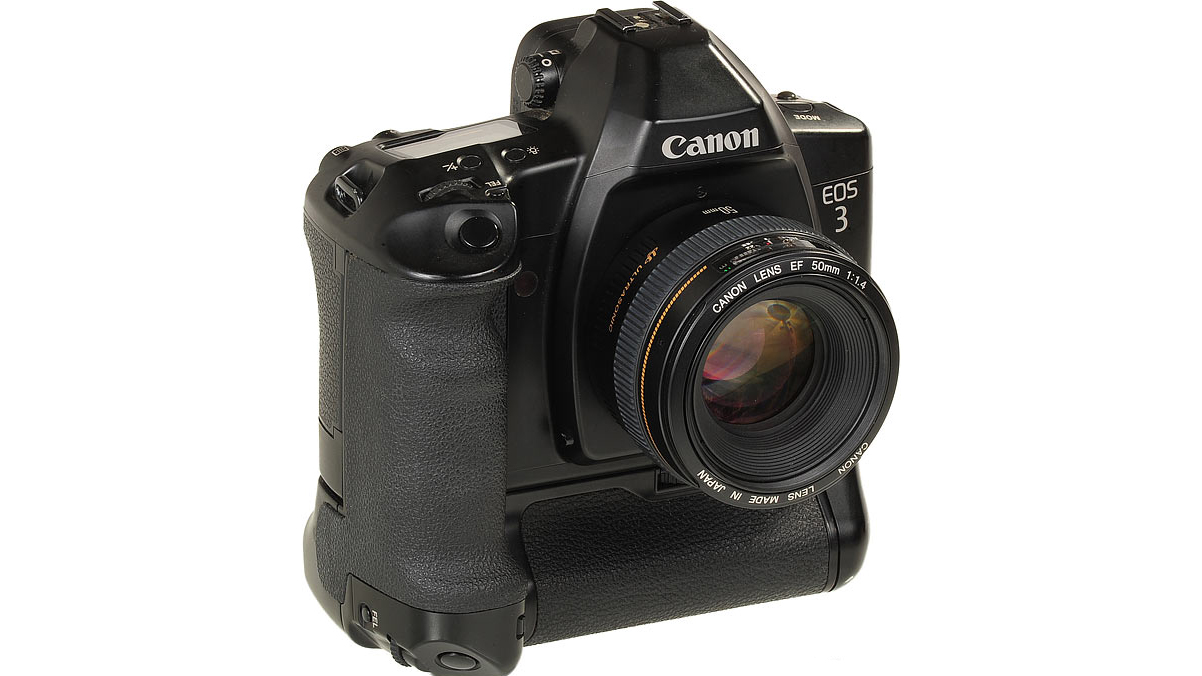
I always think of the EOS 3 as the EOS 5D of the analog age. Similarly to that digital model, it was built as an enthusiast alternative to the firm's pro-level EOS 1 range, in this case incorporating the EOS 1 and subsequent EOS 1N and 1V, the latter being the closest chronologically to the EOS 3. The impressive feature set made use of much of the technology found in the more expensive pro cameras, and enabled enthusiast photographers to capture superb images, without buying other features they may never use.
It has a robust metal construction, the option for a pro-style integrated vertical grip, as found as standard on later models such as those in the EOS 1D and 1DS ranges, and a 10fps continuous shooting mode. While I have never had cause or indeed the nerve to use up an entire roll of film in just over 3 seconds, the shutter sounds fantastic in this high speed burst mode!
The EOS 3 was the world's first camera to feature Eye-control area AF, a system which enabled the user to select the focus point by looking at it in the viewfinder. Back in 1998 this was futuristic camera tech and while I have never found it more than a gimmick, it's a fantastic talking point of the camera.
Autofocus is superb, the exposure system is accurate and the viewfinder itself is bright, clear and big. Without doubt the most enjoyable aspect for someone brought up in the digital age is the way in which the EOS handles and operates in an almost identical way to modern day high-end Canon DSLRs. It basically feels like a Canon EOS-1D X II that shoots film, which is not surprising since it was on offer as recently as 2007. This may mean it's not the ideal option for photographers looking for a true retro analogue experience, but the EOS 3 is a superb camera. Big, heavy and professional. Perfect.
Lenses
Optical science has always been a fascination of mine, and I find lenses more collectable than cameras in many ways. What's more you don't always need to take out a mortgage to find one you like. Here are some which have served me well.
4. Canon EF-S17-85mm f/4-5.6 IS USM
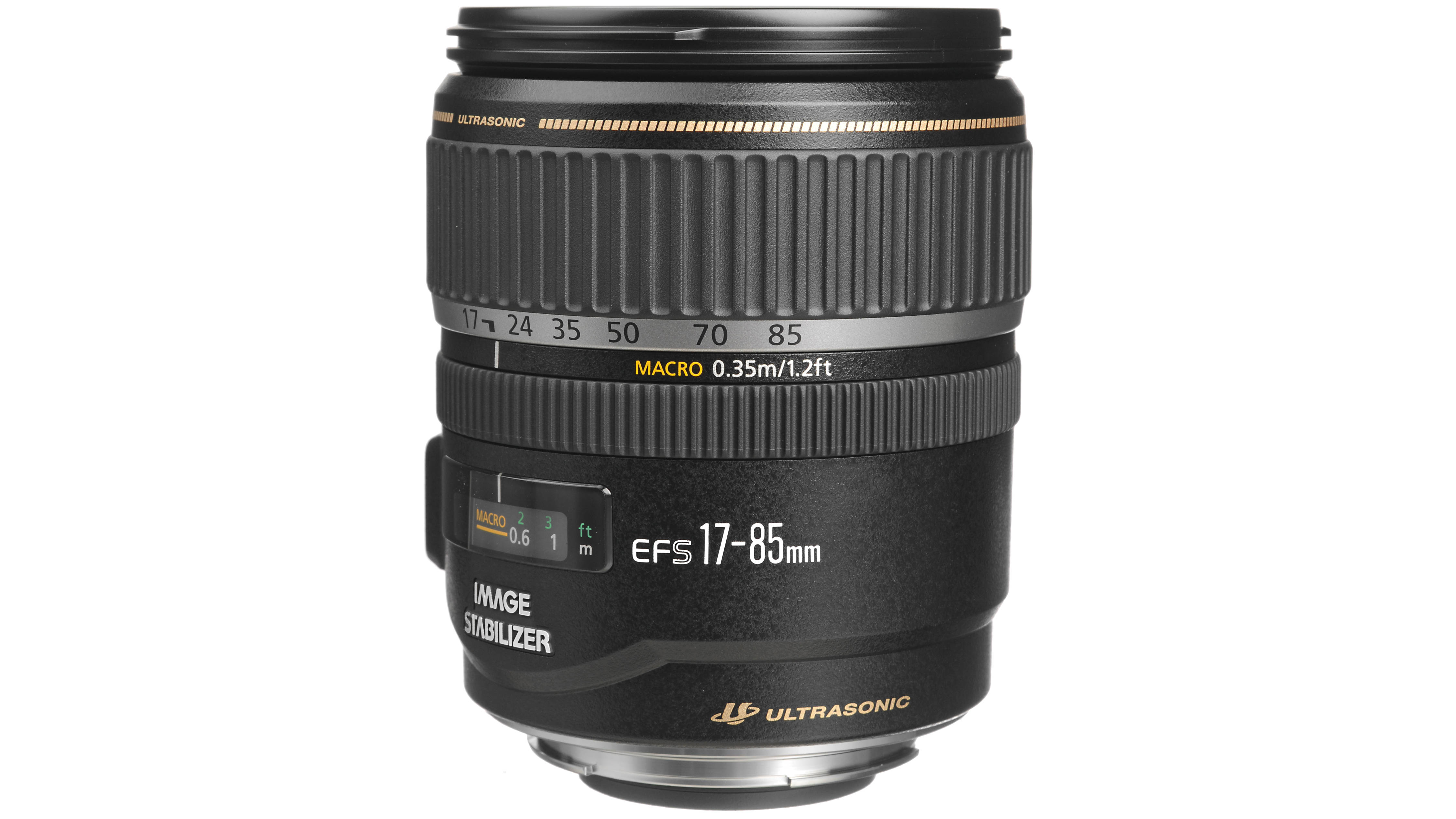
This is not the most exotic or snazzy lens out there, but as far as kit lenses go this one is pretty nice. I actually replaced my bundled kit lens with this model and it provided a step up in optical quality and functionality from the 18-55mm I and many other photographers started out with. The zoom range is perfect for general photography, while the relatively close focussing distance, paired with the 136mm equivalent focal length at the long end, is great for portraits. I've used this lens to shoot many events, from the school proms to weddings and it always worked flawlessly. The optics are not quite L Series standard, but at f/8 results are more than acceptable in 36x24 inch prints, which works for me!
The IS system is effective and focusing is rapid, making use of Canon's Ultrasonic Motor (USM). The full time manual focus comes in handy, as does the focus distance scale. Canon's EF-S lenses may not be seen as pro choices, but there are some worthy lenses in there. A day before writing this the aperture ribbon in my 17-85mm failed, so as soon as we are allowed out of the house I'm sending it off for repair as it's a staple of my kitbag.
5. Sigma 10-20mm f/4-5.6 DC HSM
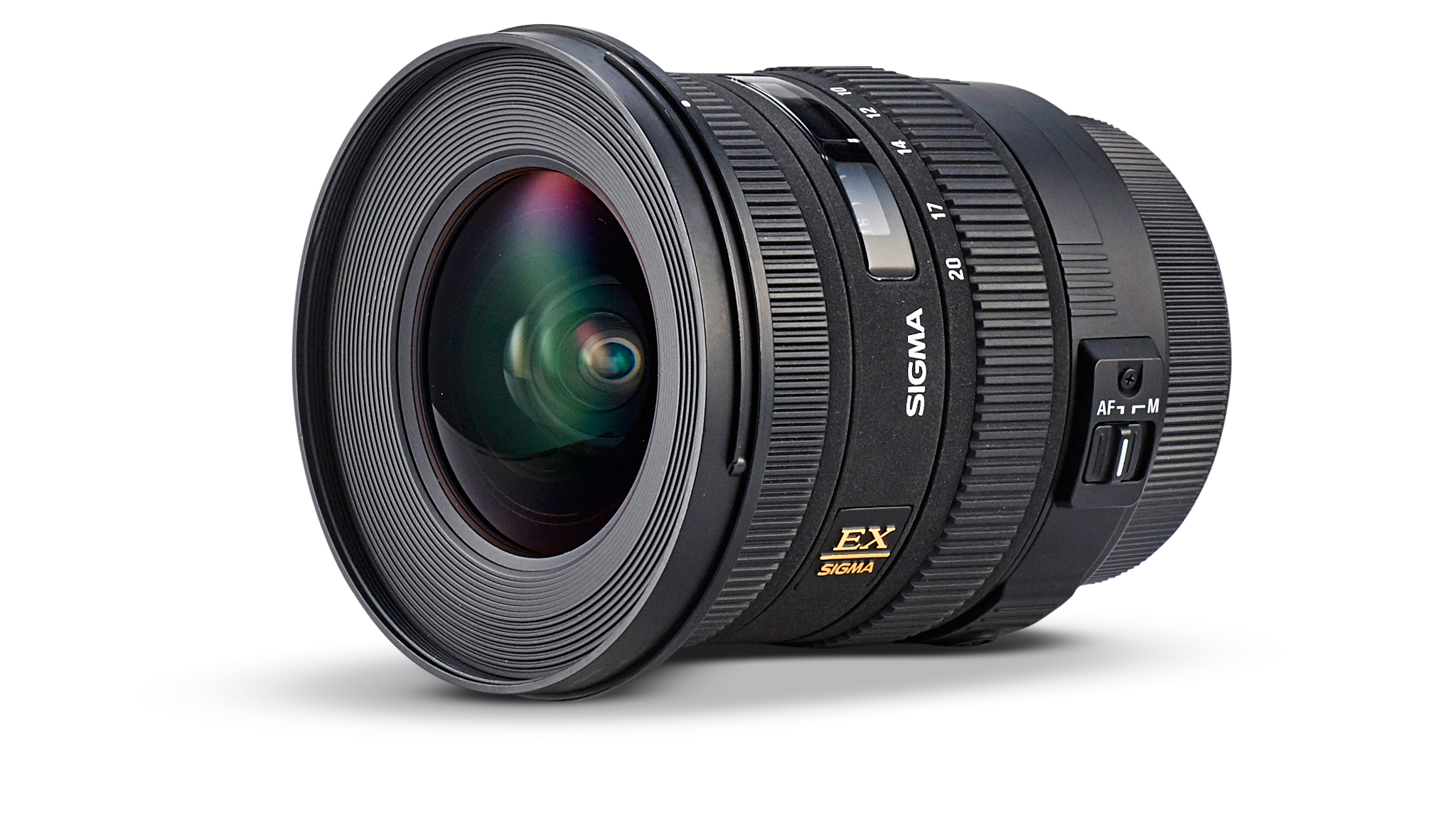
For landscape photographers using APS-C format cameras this lens has been a firm favourite for many a year. With the smaller sensor a focal length of 10-12mm is essential to allow true wideangle photography, due to the crop factor. This lens is relatively inexpensive and provides very usable image quality, with this peaking to very impressive heights towards the centre of the frame, at around f/8.
The lens handles very well and feels sturdily built. It's got some weight to it, but the internal focussing and compact dimensions keep it convenient. Distortion is fairly well controlled, even at the widest setting, while vignetting isn't too much of an issue. I have in fact made usable shots with this lens mounted on the EOS 3, despite the Sigma being of the DC designation, meaning its image circle is designed for APS-C format digital cameras. I was unsure of the physical constraints – I was worried the rear of the lens might damage the reflex mirror – but in the end 20mm worked a treat. (This lens has now been superseded by the Sigma 10-20mm f/3.5 EX DC HSM)
6. Samsung 50-150mm f/2.8 S ED OIS
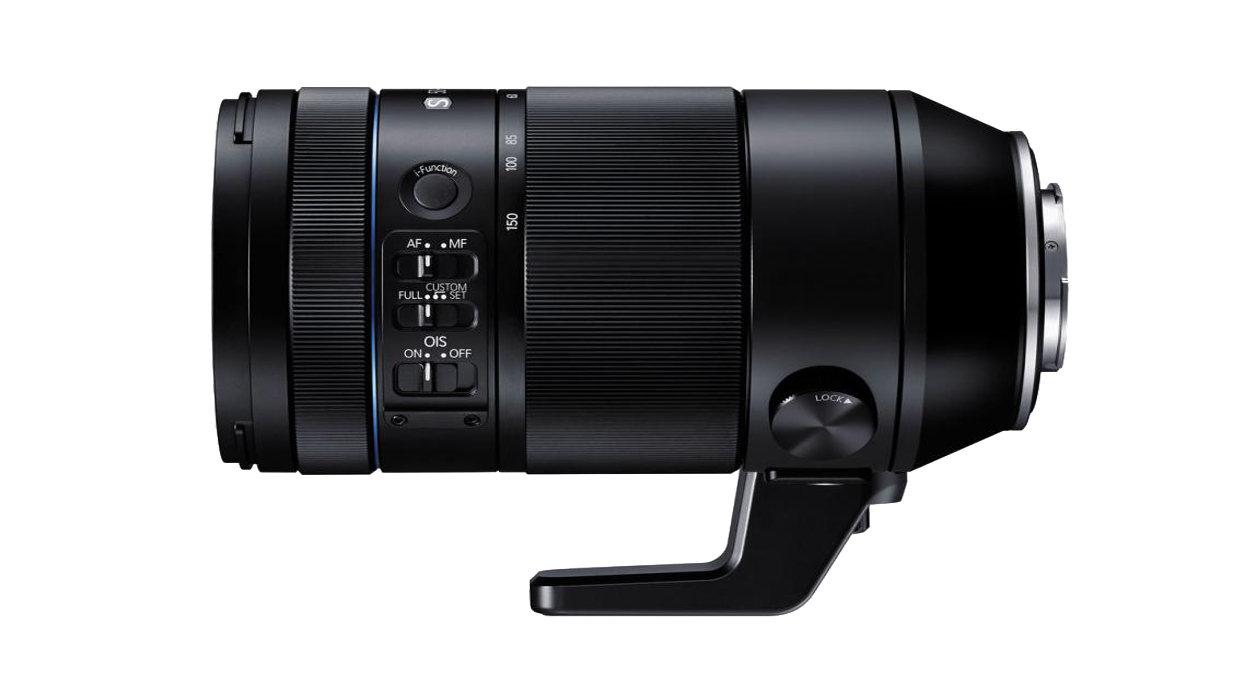
Another strength of the Samsung NX series is the lenses, which look gorgeous in my opinion. For those less shallow than I, rest assured that the optical performance does not suffer for the aesthetic benefits, and the pro-orientated 50-150mm f/2.8 S ED OIS is a delight. Filling the spot usually occupied by a 70-200mm f/2.8 telephoto zoom in a Full Frame DSLR system, this lens demonstrates the key advantage of a smaller sensor format. When mounted on my NX1, the entire setup weighs less than my full frame format 70-200mm f/2.8 alone.
Offering an equivalent 75-225mm range, the lens provides a constant bright f/2.8 aperture, allowing handheld action shots even in low light conditions. This is complemented by a useful image stabiliser. A neat addition is a signature of the NX system lenses – an i-Function button, which enables one-touch access to key camera settings, such as ISO, shutter speed, drive and metering modes and white balance. All of these can be assigned to the focussing ring, for instant adjustments without taking the eye away from the LCD or viewfinder.
The optical quality is as good as you might expect from a premium priced lens (of its time). It's sharp across the frame, offers lovely contrast and low distortion, even wide-open. The build and handling is wonderful, while all focussing and zooming is internal. All-in-all it's perfectly balanced when mounted on an NX1, but is not out of place on a smaller NX model such as the NX500. Honestly this is one of my best lenses and I got it for a third of the RRP. Possibly worth buying into the NX system for this alone.
Accessories
7. Cactus RF60
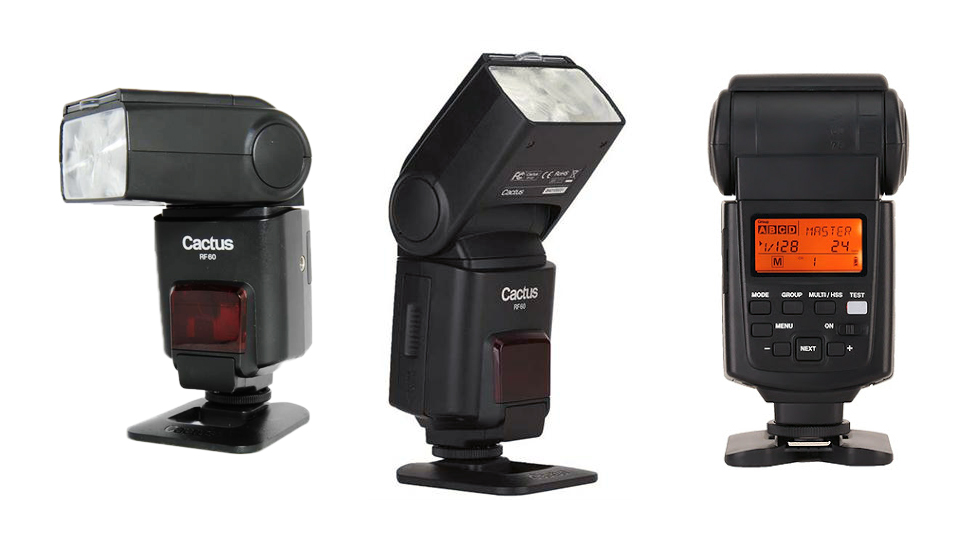
Third party flashguns are ten a penny online, but Cactus is a trusted brand you can't go wrong with. Since I now operate a mixed system and regularly have to use other brands of camera for my job on Digital Photographer, it's brilliantly convenient to be able to swap this speedlight between virtually any two cameras. When shooting a recent wedding I loved being able to take the RF60 off an EOS 7D Mark II and place it on a Samsung NX500 and then onto a Fujifilm X-T30, with no need for adaptors or weird, frustrating workarounds.
The RF60 is pretty powerful and comes with a respectable feature set. It ain't small, but no flash at the pro level really is by comparison. It can be used as a master or slave unit, is compatible with most mainline TTL flash exposure systems and is fairly quick to recycle. If you're in the market for a speedlight, I'd always recommend Cactus products if your camera brands' proprietary flash options are beyond your budget.
8. Lowepro Vertex 200AW
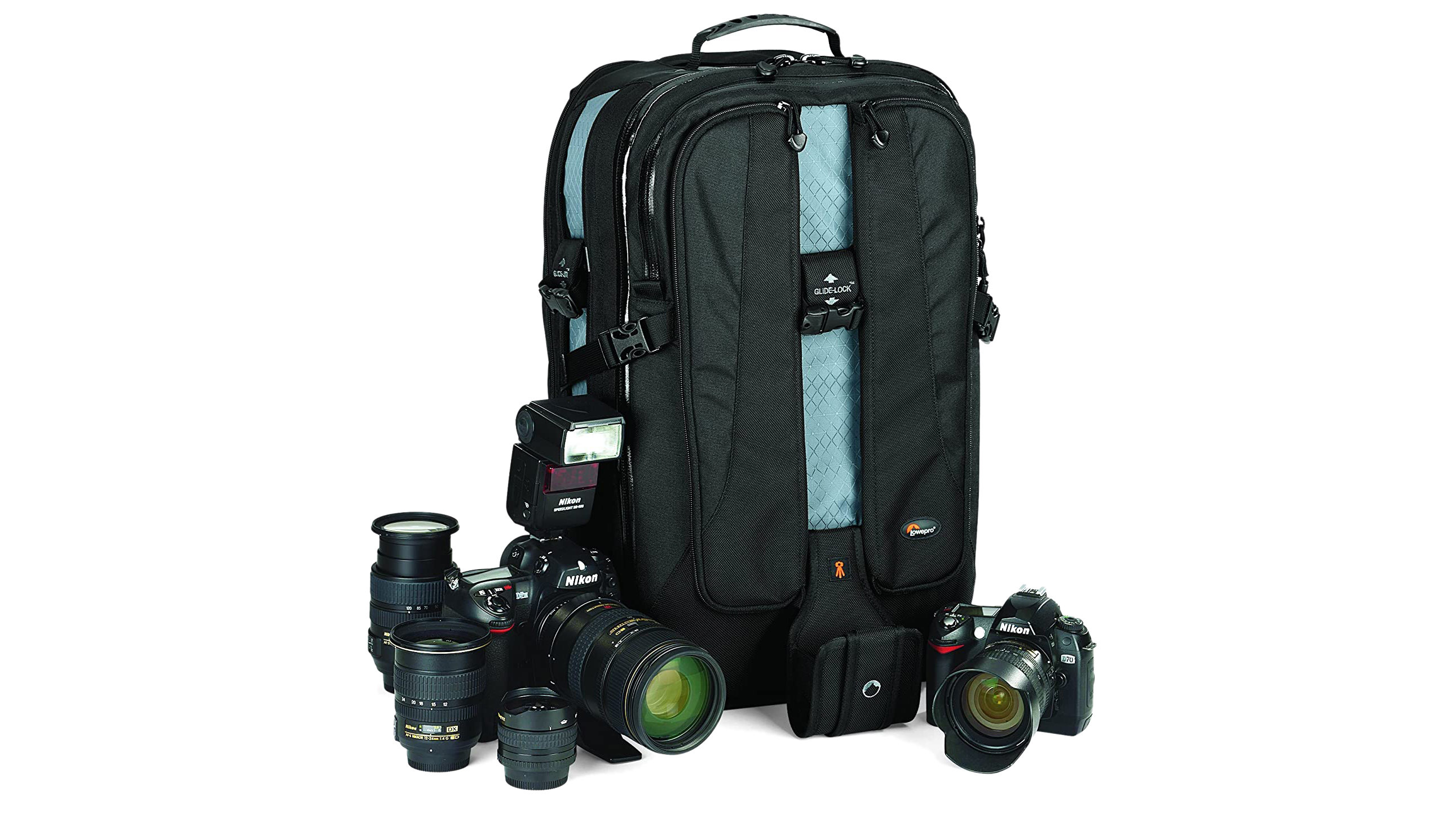
Camera bags are not always the most exciting accessories but they are what keeps everything else in our arsenal together and accessible when we need it. This Lowepro bag is a workhorse and like a TARDIS – no matter how full you think it is it just keeps on accepting more gear. There is space for multiple lenses, ranging from wideangles to medium telephoto, or if needs be a large pro DSLR with a 300mm f/2.8 lens attached. It's tough, versatile and with plenty of room for accessories, including a tripod via the dedicated tripod holder.
9. Camlink TPPRO28B Tripod
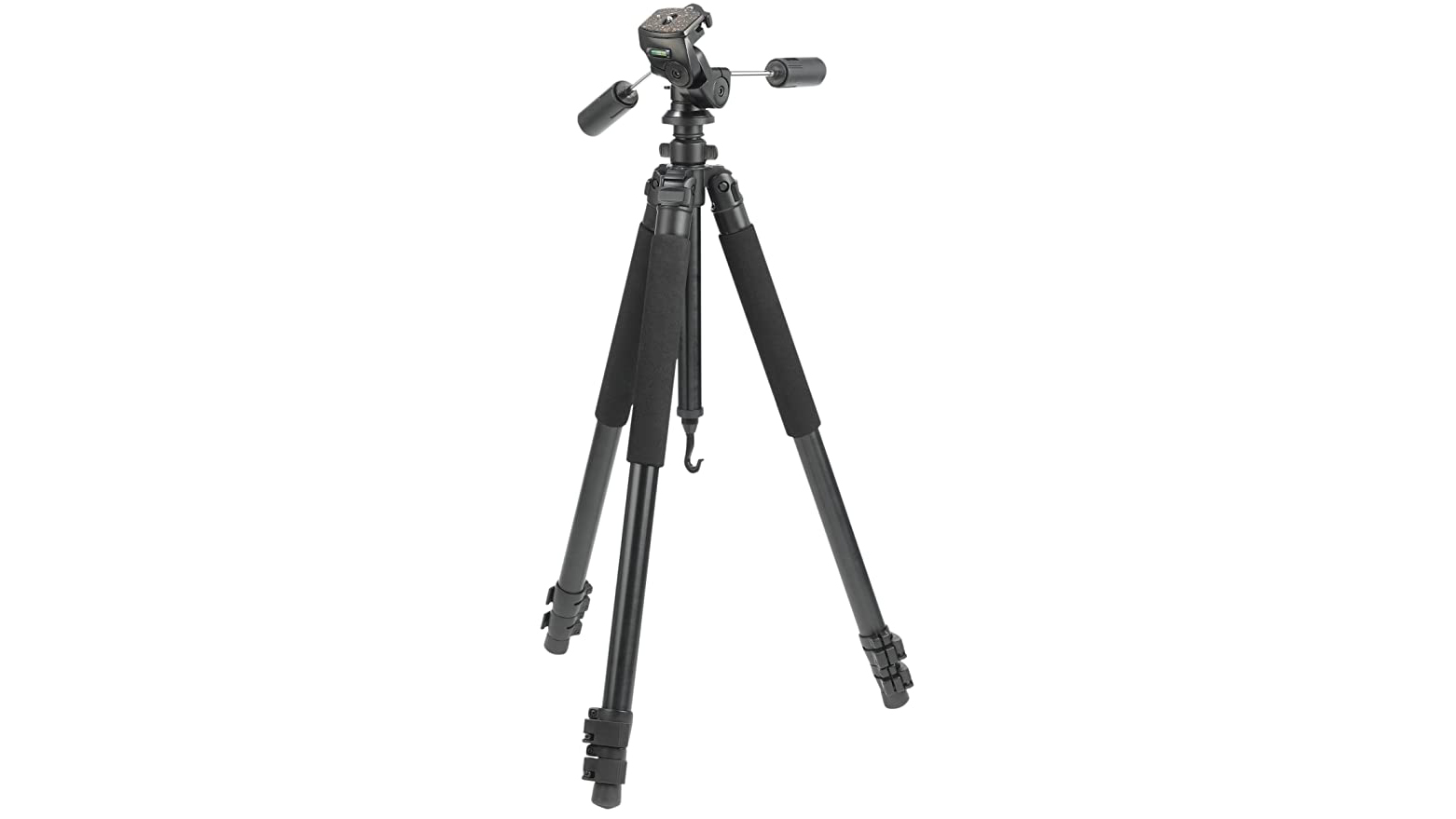
I've managed to amass a sizable collection of camera supports, but far from senseless hoarding, I have found this a good strategy for working in multiple environments. No single tripod is ideal for every situation, so while my Manfrotto 190XPROB or Gitzo carbon fiber model are perfect for travel (remember travel?) this Camlink is my number one choice for landscapes.
I'm an advocate for using less 'designer' brands, as you can often find some incredible value for money. Camlink made a large range of photographic accessories and the TPPRO28B is a heavyweight tripod, built to handle professional camera gear. It's solid as a rock, easy to use and is taller than me when fully extended! It's on the heavy side, as would be expected, so doesn't join me on my regular EasyJet flights, but for shooting knee deep in a rising tide, on a coastal dawn shoot, this is my solution.
• The best tripods for photographers
10. Hähnel Combi TF
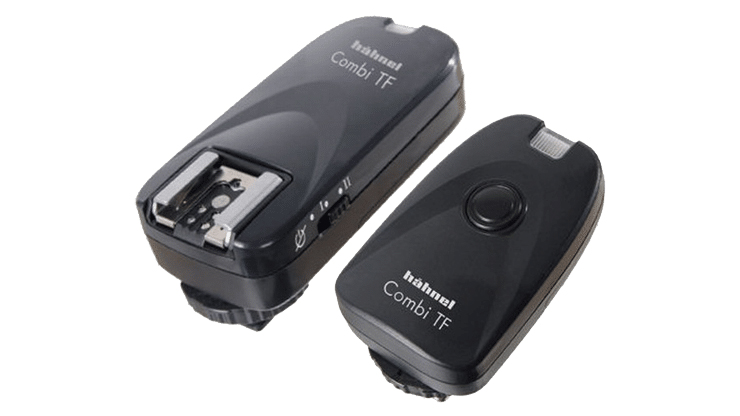
Radio triggers range in price drastically. You can easily spend £350 on a single transmitter/receiver set, which really adds up if you're operating a multiple flash setup, thereby requiring six or seven trigger units. Trigger sets such as this one from Hähnel are the best choice for simple off-camera flash work (the Combi TF set has now been replaced by the Hahnel Captur). The triggers can be used to fire a speedlight wirelessly, or when reversed can be used to remotely trigger a camera. The Combi TF units are small, light and simple to setup. They easily trigger flashes from around 100 meters away, even in forests or through brick walls, making them reliable and versatile.
The worst...
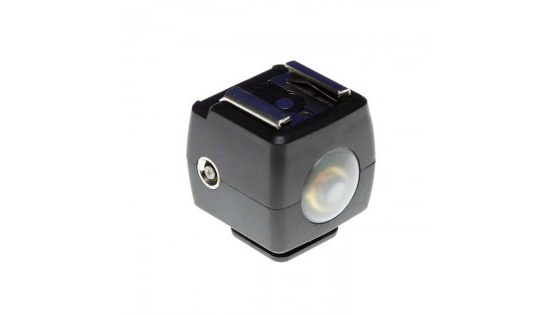
11. Jessops Minicell Slave Unit
Own-brand high street retailer kit is rarely the best available, but sometimes you find items which surprise you. Unfortunately, this slave trigger was not one of those products. I bought it as a last minute solution for triggering a background-assigned speedlight when shooting an event, but ended up doing without altogether – it was less stressful, albeit time consuming, to fix shadows in Photoshop than to get this thing actually fire a flash. It relies on the light pulse from a master flash to trigger a slave speedlight, but even with direct line-of-sight it simply wouldn't work. The use of light, not a radio signal or even an IR pulse as a trigger cue makes it universal, but wholly unreliable.
12. Jessops 300AFD Flash
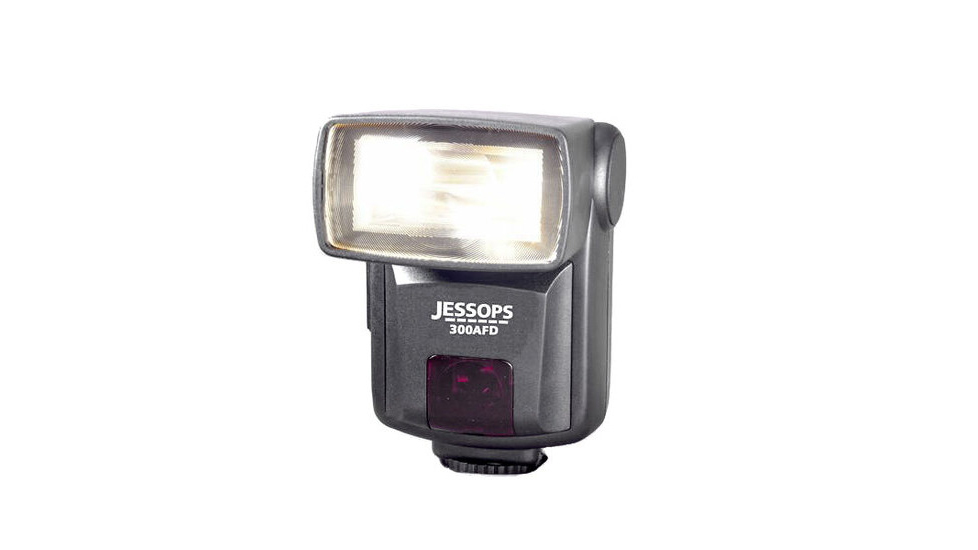
I should have learned my lesson with the slave unit above, but alas I bought this cheap speedlight to plug a gap in my lighting setup. Having worked for Jessops I suppose I had a touch of brand loyalty, so I gave it a go. It's not that it didn't do what it was marketed to do, but the 300AFD was so basic I just couldn't find a real use for it. It was like twenty five quid (UK), so I shouldn't complain, but other than bleaching faces to pure white (you couldn't adjust the power output in a meaningful way) this strobe had no true function.
Read more:
• Rod Lawton's best and worst camera gear ever
• Home photography ideas: Shoot color-foil abstract painterly images!
• Home working ideas: make the most of your mobile audience!
• The best webcam for home working
As the Editor for Digital Photographer magazine, Peter is a specialist in camera tutorials and creative projects to help you get the most out of your camera, lens, tripod, filters, gimbal, lighting and other imaging equipment.
After cutting his teeth working in retail for camera specialists like Jessops, he has spent 11 years as a photography journalist and freelance writer – and he is a Getty Images-registered photographer, to boot.
No matter what you want to shoot, Peter can help you sharpen your skills and elevate your ability, whether it’s taking portraits, capturing landscapes, shooting architecture, creating macro and still life, photographing action… he can help you learn and improve.

